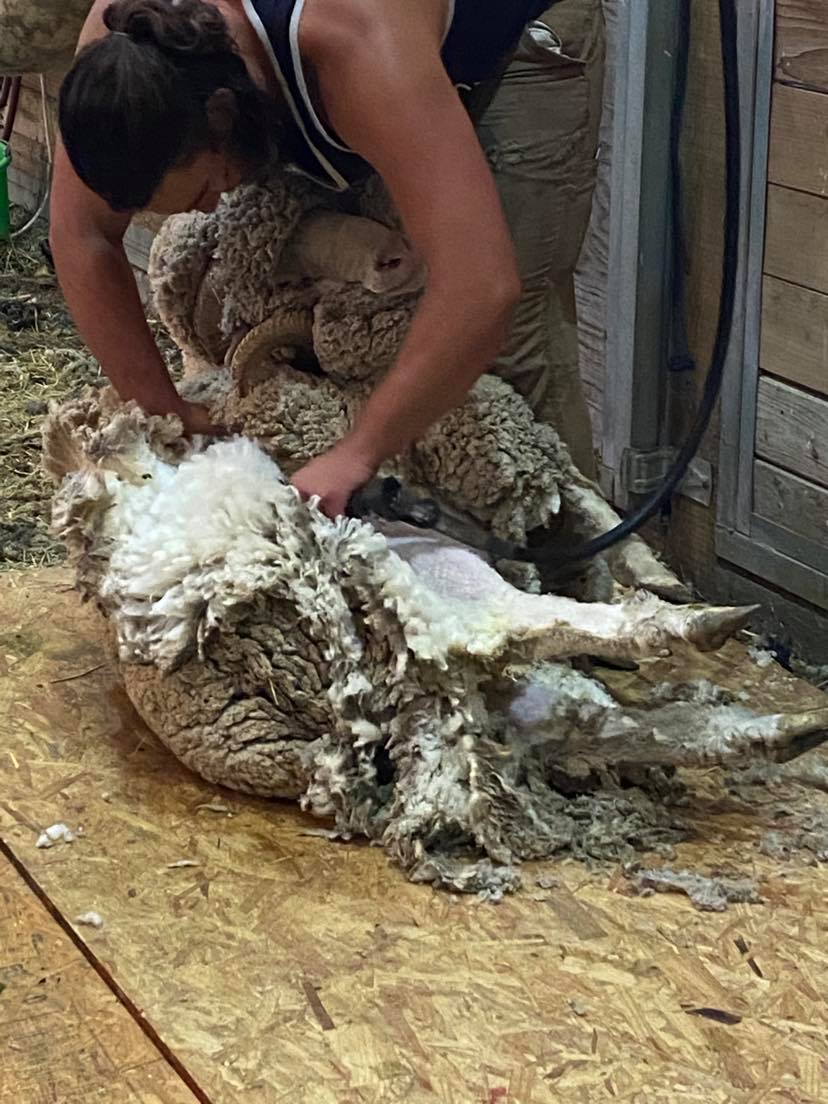Animals for fiber have been raised since before history was written and have played a pivotal role in human history. The Babylon empire was partially built on the wool and cloth trade. The Greeks and the Romans took sheep to all their conquered lands and were responsible for improving the wool quality. The sails that allowed the Vikings to sail to far flung lands were made from wool. There are over 200 breeds of sheep, and fiber producing animals that live on every continent except Antarctica.
This adaptability both in ability to live in climates as different as the Sahara desert and the Russian Steppes and the adaptability of their fiber have made and continue to make these animals invaluable. The sheer flexibility of the fiber is amazing. Carpet wool is strong and durable well suited for the wear of being walked on and cleaned often. On the other hand alpaca and merino wool aren’t as durable as carpet wool but they are luxuriously soft and lovely to wear next to the skin.
Until the Industrial Revolution wool was processed by hand from shearing to finished cloth. Most of this production was done at home for use at home. The resulting cloth was a labor of love and extremely valuable. During the Industrial Revolution cloth production move from the home to the factory and the labor requirements were lowered by the inventions of the mechanical carder, the spinning jenny, and the mechanical loom. This made cloth and clothing cheaper and faster to produce, but reduced the use for individuality qualities of wool and sometimes the quality of the finished product. Instead of 1,000s of breeds each regionally adapted to the land and the differing needs of the people in the area, there now was a demand for consistency in fleece in large quantities. Individual traits that made fleeces valuable were now thrown out in the relentless drive to bigger, faster, cheaper.
As the Industrial Revolution advanced into the modern era the drive to bigger, faster, cheaper drove the clothing production away from wool and to synthetic materials. After years of nylon and polyester the amazing qualities of natural fibers are being rediscovered, but more about that in another post.
To learn more read:
Wool Making – History of Wool (historyofclothing.com)
#wovember #amazingnaturalfibers #wool

Leave a Reply